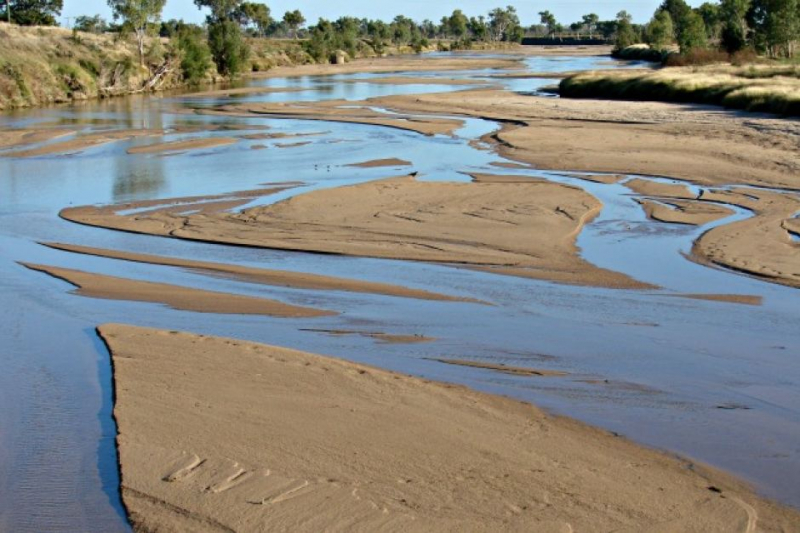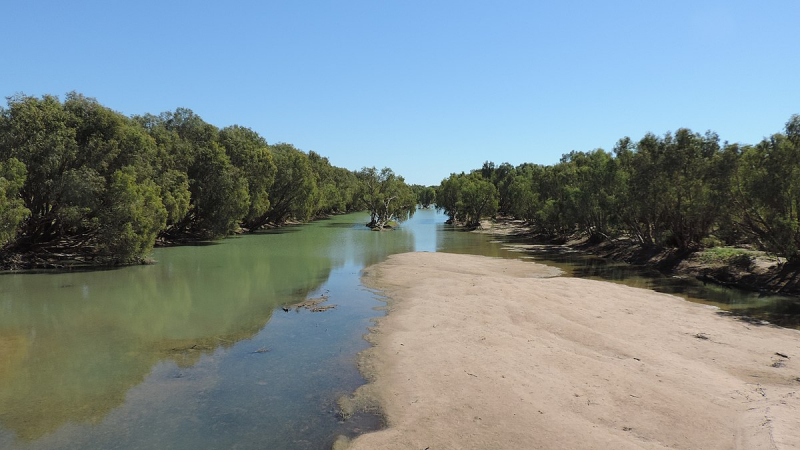Flinders River

With a watershed that is primarily undeveloped and poorly inhabited, the Flinders River is Queensland's longest river at 1004 kilometers. It rises 160 kilometers west of Charters Towers on the southern slopes of the Gregory Range.
Then it heads west, past Hughenden and into Richmond. The river bends as it approaches the Gulf of Carpentaria. The Flinders River made headlines in 2019 when floods in northeast Australia led it to expand from a small river to a 60-kilometer-wide river.
The Burra River starts in the Great Dividing Range 110 kilometers (68 miles) north-east of Hughenden and runs west to Hughenden, Richmond, and Julia Creek, then north-west to the Gulf of Carpentaria 25 kilometers (16 miles) west of Karumba. The Selwyn Range forms the southern boundary of the catchment.
It is Australia's eighth-longest river, measuring 1,004 kilometers (624 miles). The catchment area is tens of thousands of square kilometers (42,000 sq mi). Grazing and agricultural agriculture are the dominant land uses in the watershed, which encompasses 1.5 percent of the continent.
The Cloncurry, Saxby, and Corella rivers are among the 36 tributaries that pour into the Flinders Ranges. Porcupine Creek, another significant tributary, has carved out a stunning valley in the Porcupine Gorge National Park. The Flinders River Dam and the Corella Dam are the two dams on the river. Range Creek, Morepork Creek, Oxley Creek, Canterbury Creek, Dutton River, Back Valley Creek, L-Tree Creek, Gorman Creek, Hazlewood Creek, Nonda Creek, Eurimpy Creek, Yambore Creek, Bynoe River, and Armstrong Creek are only a few of the lesser tributaries. The river passes through Flagstone Waterhole, which is a permanent waterhole.
McKinlay, Burke and Wills Junction, Hughenden, Richmond, Julia Creek, and Cloncurry are among the towns within the watershed.
State: Queensland
Length: 1,004 km











